To be, or not to be an Engineer
❉ Este artigo faz parte de uma série de artigos preparados pelas nossas colaboradoras da Soapbox Science Lisbon. A segunda edição do evento Soapbox Science Lisbon, para promover as mulheres na ciência, terá lugar no dia 23 de Outubro de 2021. Guardem esta data!
To be, or not to be an Engineer
Por Catarina Gomes
Desde muito jovem tive um contacto muito próximo com a Engenharia. Tendo um pai Engenheiro Civil fui ensinada a desconstruir problemas, a elaborar e experimentar novas maneiras de resolvê-los. Com a experiência que fui adquirindo no meu contexto familiar, cresceu em mim uma grande paixão e eu sabia que queria seguir uma carreira que fosse desafiante e estimulante nesta vertente. Por isso, quando finalmente decidi estudar Engenharia, nomeadamente Engenharia Biomédica, senti um grande apoio familiar e senti-me realizada sabendo que seguiria uma carreira que possivelmente ajudaria a sociedade a evoluir, criando soluções para problemas atuais.
Porém, o que eu não sabia naquela altura era a dificuldade acrescida que as mulheres sentem ao escolherem uma carreira em Engenharia. Como os meus caros leitores devem saber, a Engenharia é um campo dominado pelo sexo masculino e essa realidade tem vindo a persistir até aos dias de hoje. Além disso, a retenção feminina nesta área é um problema constante, devido ao stress elevado provocado pela discriminação de género ou assédio no local de trabalho. Para além dessas barreiras, nos mais jovens, existe o estereótipo que a engenharia é trabalho para rapazes, o que limita a forma como as crianças veem as suas escolhas profissionais.
Os engenheiros são pessoas criativas com alta capacidade de resolução de problemas e know-how para criar e implementar ideias aprimoradas para problemas e soluções existentes. A perceção dos papéis na engenharia é que eles envolvem um trabalho árduo e trabalhoso e são mais adequados para os homens. Além disso, uma parcela significativa da população ainda associa a engenharia à construção e à mecânica. No entanto, há uma grande diversidade de especialidades em Engenharia, bem como o tipo de funções dentro das mesmas. Desde mecânica, física, química ou biomédica, as possibilidades são infinitas e podem expandir para funções técnicas ou de gestão, oferecendo diferentes opções de carreira para pessoas, mulheres e homens, com uma variedade de soft e hard skills.
Apesar de todas as barreiras, ao longo da história temos vários exemplos de mulheres que deixaram e continuam a deixar a sua marca nos campos da engenharia. Uma destas engenheiras foi Edith Clarke, sendo a primeira mulher a receber um diploma em Engenharia Eletrotécnica do Massachusetts Institute of Technology (MIT). Tornou-se também a primeira mulher a ser empregue profissionalmente nos Estados Unidos como Engenheira Eletrotécnica. Lillian Gilbreth também era uma “supercientista”, sendo uma Engenheira Industrial, Psicóloga, Educadora e Consultora americana conhecida pela sua abordagem baseada na psicologia para os estudos do tempo e movimento. Carinhosamente apelidada de “génio na arte de viver”, foi uma das primeiras mulheres a receber o grau de doutoramento. Além de Edith Clarke e Lillian Gilbreth, a história concedeu-nos muitas outras modelos fantásticas, como Emily Warren Roebling, uma Engenheira honorária famosa pelo seu papel na construção da Ponte de Brooklyn, ou Beatrix Shilling, uma Engenheira Mecânica britânica que servia no Royal Aircraft Establishment durante a Segunda Guerra Mundial. Estas mulheres são apenas a ponta do iceberg e incentivo os meus queridos leitores a ir pesquisar e aprender mais sobre as suas vidas e trabalho desenvolvido, bem como a conhecer outras como elas. Elas fizeram uma jornada fascinante na ciência e na engenharia, sendo pioneiras na importância de ter mulheres nas áreas STEM, nunca permitindo que o que os outros pensassem os dissessem as impedisse por um segundo.
Assim pergunto: porque é que deves escolher a Engenharia como carreira? Na opinião de uma jovem Engenheira Biomédica como eu: a resposta está apenas na paixão. Ser Engenheira é ser criativa e resolver problemas; projetar, melhorar e comunicar eficazmente; não se trata de qualidades baseadas no género, que são incrivelmente tendenciosas. No entanto, ainda existe muito trabalho a realizar para se conseguir uma mudança de mentalidade eficaz. Parte dele também deve ser realizado no seio das organizações para tentar destacar diferentes modos de sucesso, de maneira a mostrar que as mulheres não precisam de parecer e agir como homens ou moderar a sua feminilidade para progredir na carreira em Engenharia.
 Autora:
Autora:
Catarina Gomes completou o grau de Licenciatura em Engenharia Biomédica concedida pelo Instituto Politécnico de Setúbal, tendo completado posteriormente o grau de Mestre na mesma área, pelo Instituto Superior Técnico. Na sua tese de mestrado abordou o tópico de bioengenharia de células estaminais, desenvolvendo o seu trabalho no Instituto de Biologia Experimental e Tecnológica (iBET). Em paralelo, completou um grau de mestre em Monitorização de Ensaios Clínicos e Medical Affairs no Centro de Estudos Superiores da Indústria Farmacêutica (CESIF). Atualmente, a Catarina é estudante no primeiro ano do seu Ph.D. em Bioengenharia e o trabalho que desenvolve no iBET tem como foco a utilização de modelos neurais 3D para o estudo de imunidade inata e neuroinflamação.
❉ ❉ ❉
Organização:
Email: soapboxscience.lisbon@gmail.com
Em colaboração com:
❉ This article is part of a series of articles prepared by our collaborators from Soapbox Science Lisbon. The second edition of the Soapbox Science Lisbon event, to promote women in science, will happen on 23rd of October 2021. Save the date!
To be, or not to be an Engineer
By Catarina Gomes
From a very tender age, I had a great contact with Engineering. Having a Civil Engineer father, I was taught to deconstruct problems, elaborate and experiment new ways of solving them. With the experience that I was acquiring within my family, a great passion grew in me, and I knew I wanted to pursue a career that would be challenging and provocative in this aspect. Hence, when I finally decided to study engineering, particularly Biomedical Engineering, I felt great family support and I was fulfilled to pursue a career that would possibly help society evolve by creating solutions for modern problems.
However, what I did not know at that time was the distress that women go through in Engineering-related careers. As my dear readers might know, Engineering is a male-dominated field from its origins, and this reality persists nowadays. In addition, female retention in this field is an enduring problem that happens due to high levels of stress owing to gender discrimination or harassment in the workplace. Besides these hurdles, there is still the inborn gender stereotype, which limits the way that children view their career choices, believing that Engineering is a job for boys.
Engineers are creative people with a high capacity for problem-solving and the know-how to create and implement improved ideas for existing problems and solutions. The perception of roles in engineering is that they involve hard, laborious work and are best suited to men. Additionally, a significant portion of the population still links engineering with construction and mechanics. However, there is a big diversity of engineering specialties and types of roles within them. From mechanical, physical, chemical, or even biomedical, the possibilities are endless and can expand to technical or management roles, offering different career options for people, women and men, with a variety of soft and hard skills.
Despite all the barriers, throughout history we have several examples of women who have left their mark in many different fields of Engineering. One very famous female Engineer was Edith Clarke, being the first woman to receive an Electrical Engineering degree from the Massachusetts Institute of Technology (MIT). She became also the first woman to be professionally employed in the United States as an Electrical Engineer. Lillian Gilbreth was another “super-scientist” who was an American Industrial Engineer, Psychologist, Educator, and Consultant known for her psychology-driven approach to time-and-motion studies. She was affectionately known as a “genius in the art of living” and one of the first women to receive a Ph.D. title. Besides Edith Clarke and Lillian Gilbreth, history has granted us other fantastic role models such as Emily Warren Roebling, an honorary engineer famous for her part in building the Brooklyn Bridge, or Beatrix Shilling, a British Mechanical Engineer serving in the Royal Aircraft Establishment during World War II. These women are just the tip of the iceberg and I encourage my dear readers to go and learn more about their lives and work, and others like them. They have built fascinating journeys in science and engineering, pioneering the importance of having women in STEM fields, never allowing what others thought to stop or even slow them for a second.
So why should you become an engineer? In the opinion of a young biomedical engineer like myself the answer lies solemnly in your passion. Engineering is about being creative, solving problems, designing, improving, and mastering effective communication. Be mindful that all listed features are not gender-based qualities, commonly a biased opinion. There is still a long way to go in the path for gender equality, for which in the end we can achieve an effective change of popular mindset or stereotypes. Part of this work should also be carried out within organizations by highlighting different modes of success, showing that women do not have to look and act like men or moderate their femininity to progress in an engineering career.
Author:
Catarina Gomes completed her bachelor’s degree in Biomedical Engineering in Polytechnic Institute of Setúbal, having subsequently completed a master’s degree in the same area at Instituto Superior Técnico. In her master thesis she addressed the topic of stem cell bioengineering, developing her work at the Institute of Experimental and Technological Biology (iBET). In parallel, she completed a Master’s degree in Clinical Monitoring and Medical Affairs at the Center for Higher Studies in the Pharmaceutical Industry (CESIF). Currently, Catarina is a first-year Ph.D. student in Bioengineering and her research at iBET focuses on the use of 3D neural cell models to study innate immunity and neuroinflammation.
❉ ❉ ❉
Organizers:
Email: soapboxscience.lisbon@gmail.com
In collaboration with:



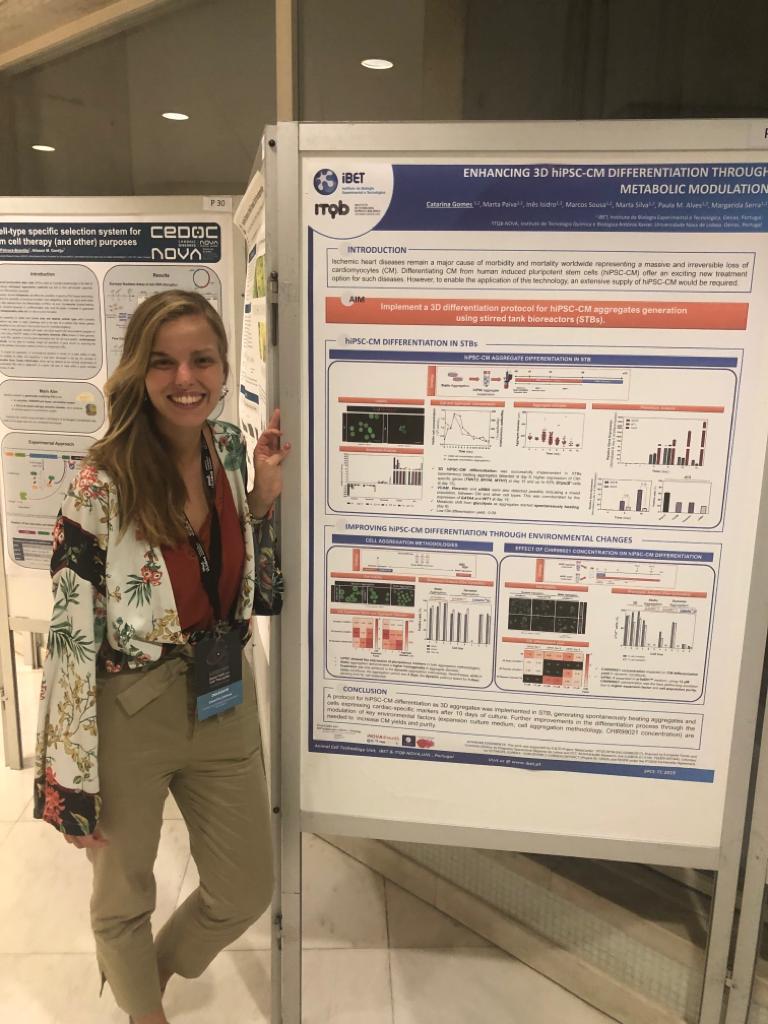
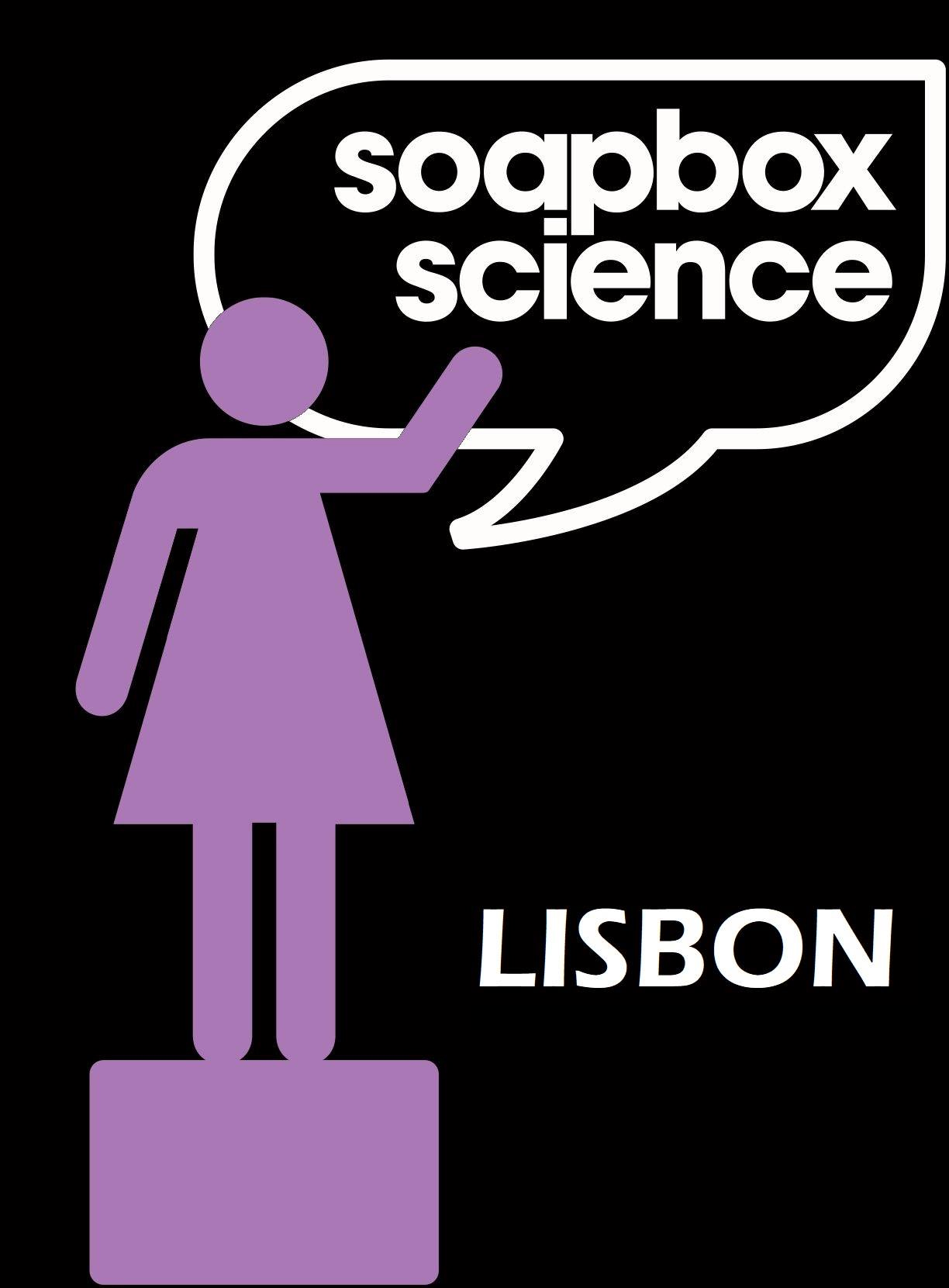
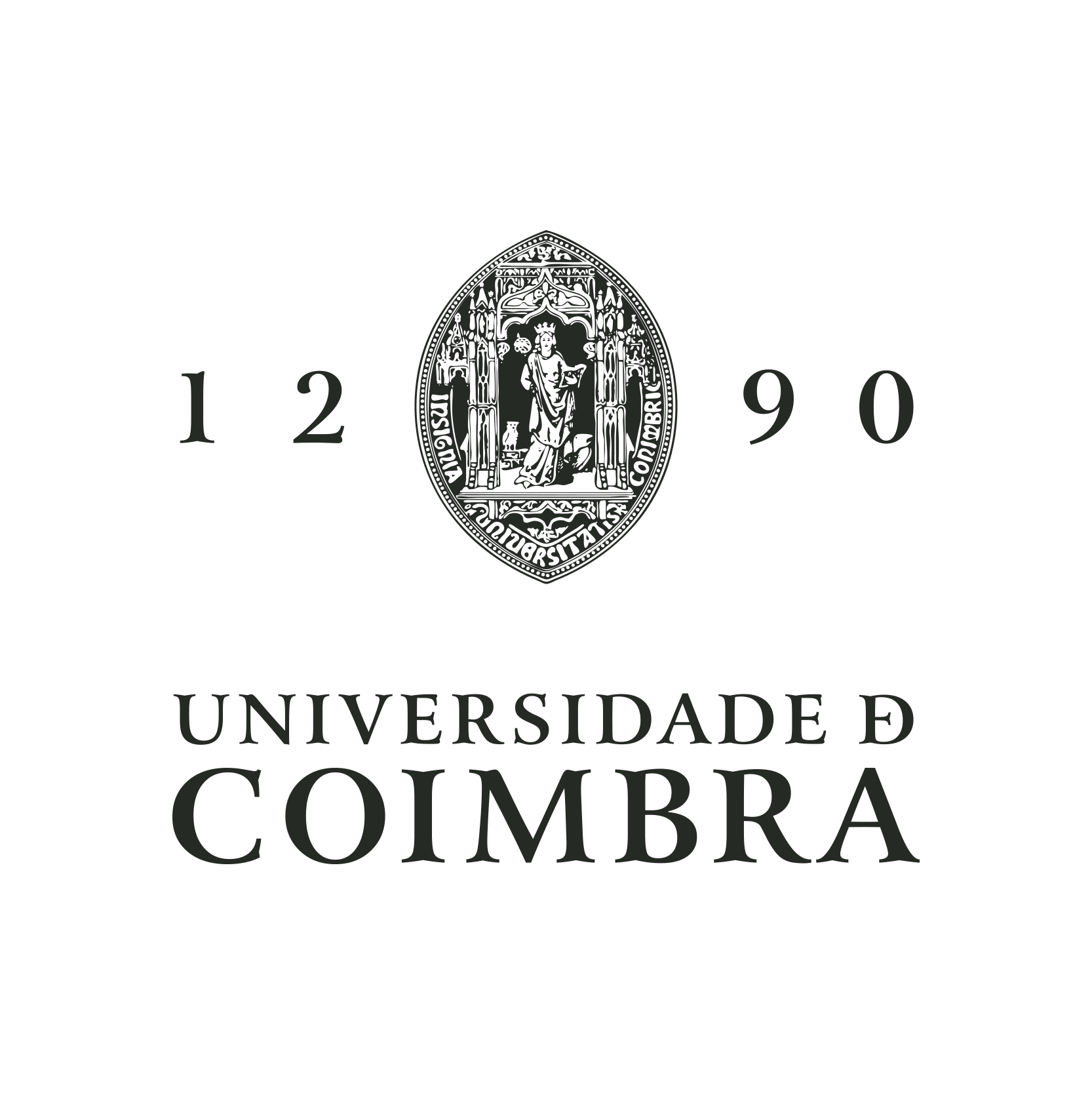


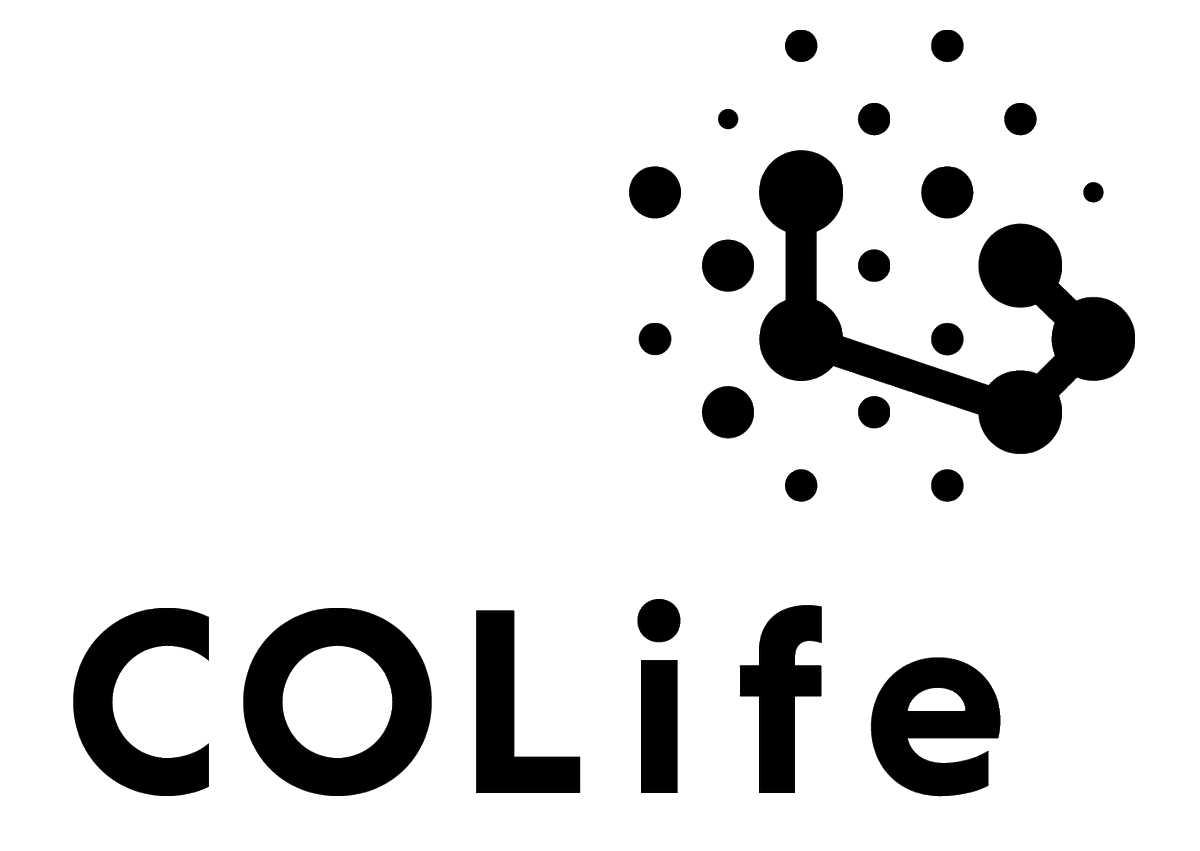
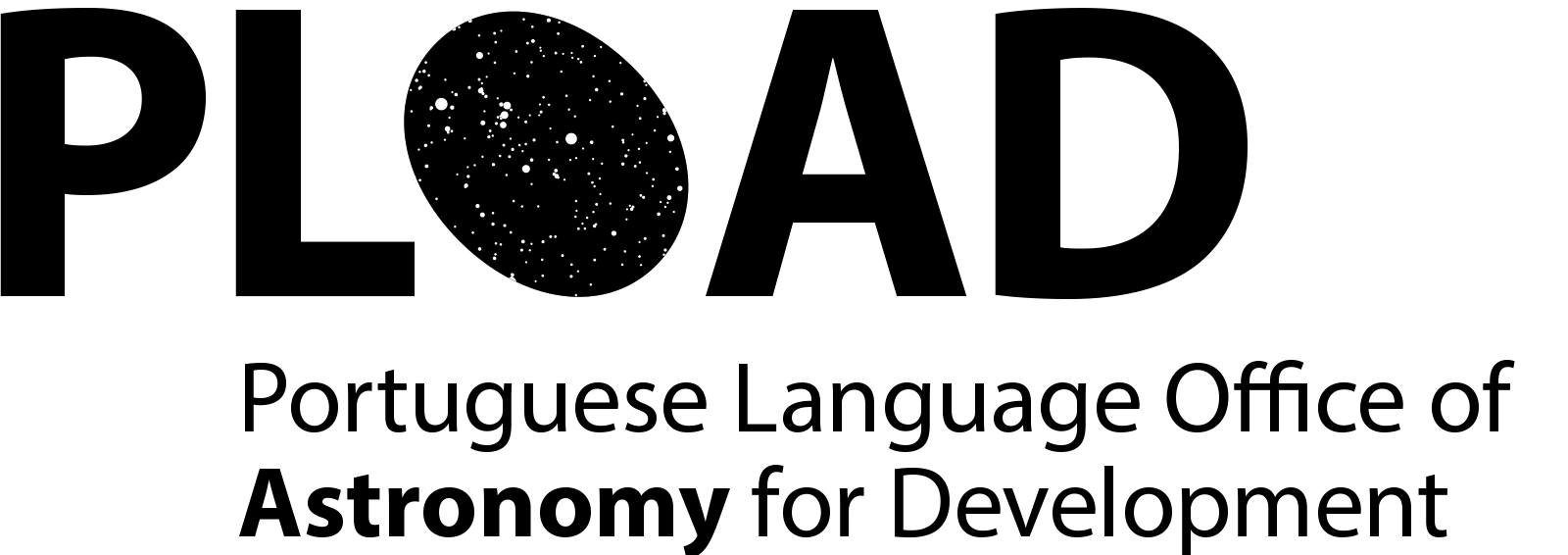
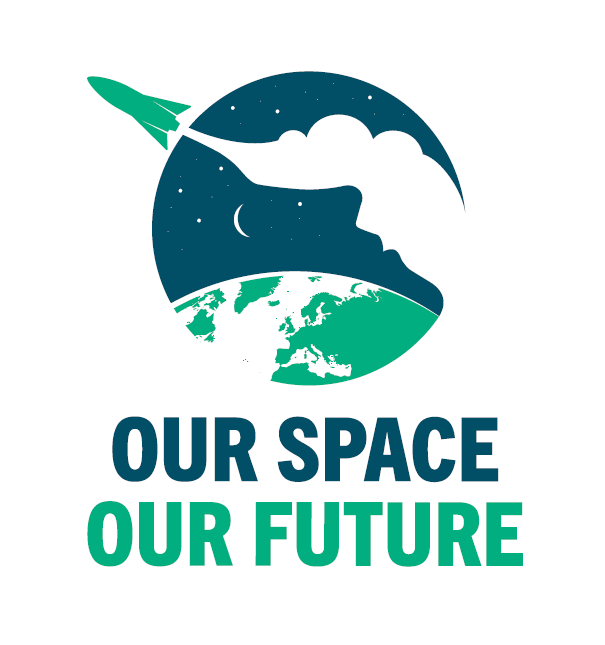

Leave a Reply